Line and Rigging
Jibsheet Fairleads
Improve your sheeting angle
By Allen Edwards
Do you find that you get wraps on your jib winches or just want give a better lead angle to the winch? In the last race we did, a crew member got a wrap so tight that the only way to release it was to cut the sheet with a knife. We strung the lazy sheet to the secondary winch and took the pressure
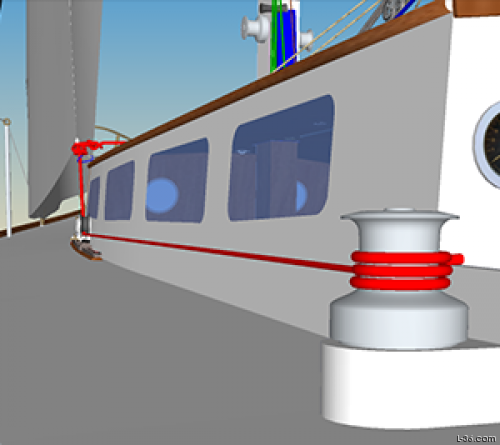
The most obvious change would be to add a block on the deck. This has the advantage of being low friction and would clearly do the job. It has the disadvantage of the cost of the block plus the added deck clutter, the block banging into things and how to mount it. Do I put down a track to give some adjustment or a fixed stand up block? These questions led me to investigate using a non block fairlead and that will be the thrust of this article.

| inches | degrees |
| 1 | 1.5 |
| 2 | 3 |
| 3 | 5 |
| 4 | 6 |
| 5 | 8 |
| 6 | 9 1/2 |
| 7 | 11 |
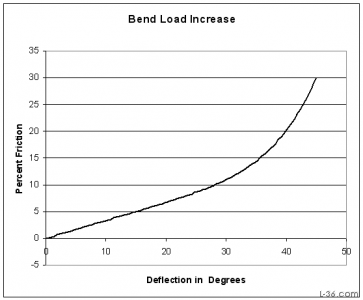
From this there appears to be little advantage of a block over a friction fairlead. Cover wear is an unknown and one I don't know how to predict. I suspect it would follow a similar curve with small angles giving less cover wear but I really don't know and I assume it will depend some on the material and weave of the cover.
UPDATE: Better data on the friction can be found HERE. It looks like 10 degrees would cause 7-10% added friction, still negligable.
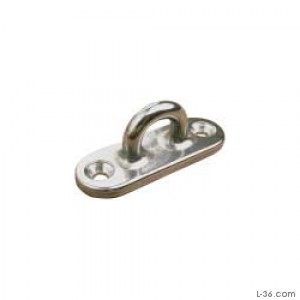
At one end of the scale in complexity would be a simple padeye with the sheet let through the eye. The concern here was not so much the added friction on the sheet but the friction on the line causing premature failure of the line itself. I don't know if this is an issue but it is something to consider. It would be nice to have a larger radius to help minimize this issue. It will also cut the friction some unmeasurable amount.
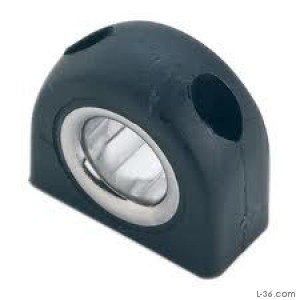
The next step up is a fairly standard control line fairlead. The question here was one of strength. It was reported that this has been successfully used on a T-10 in this application. This is a strong candidate although the fact that it is plastic is a concern. Whenever considering something that might break you have to ask what the consequences would be of failure. If someone could get hurt, don't try it. In this case, there might be some inconvenience in having to remove the broken part from the line and continue on without the fairlead. Not a large risk. But not really built for sheets, more for control lines.
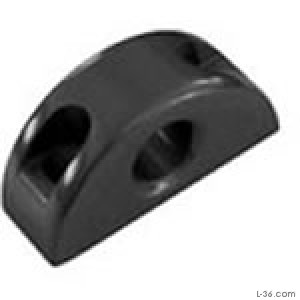
I really liked the look of this particular fairlead with the exception that the hole was 1/2 inch, too small for 1/2 inch line. I also don't think the radius is smooth enough to actually reduce the friction. This fairlead will act more like two sharp bends rather than one gradual one.
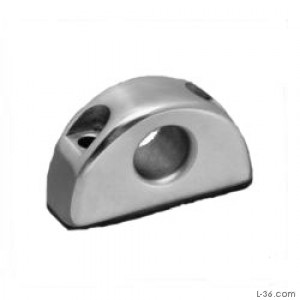
The Suncor Bullseye Fairlead at $15 to $20 will hold 5/8" line and is a good candidate. Again, not a very smooth rounding in the opening which I don't like.
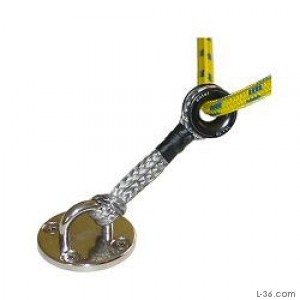
A bit of a high tech or hybrid approach is to put the standard padeye on the deck and tie a ring to a low friction or for that matter any ring. The REI rings discussed in other articles are low friction and would probably work as well although not as classy looking.
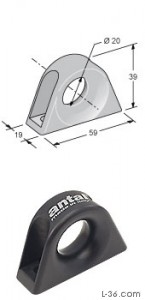
This looks like the best one and the one I am purchasing. It is under $25, has a 3/4" opening with a smooth rounded opening. Mauri Pro Sailing had them in stock and the order has been placed.

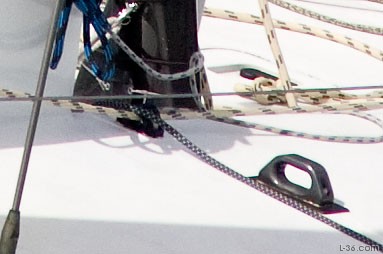 Maybe not quite the setup of a TP-52 shown here but do you think it is close? Maybe not twins but brothers. OK, just cousins. Or maybe just friends. They went to the same school.
Maybe not quite the setup of a TP-52 shown here but do you think it is close? Maybe not twins but brothers. OK, just cousins. Or maybe just friends. They went to the same school. Well, I actually didn't do this. The problem was crew were putting three wraps around my Andersen winches and they work best with two turns. It has been several years and we have had no problems since we enforced the two turns rule. These winches have ridges that grab the line really well. I suspect on most winches you would need more turns and a fairlead like this would be very helpful. Thanks for reading this far. You deserve a prize.
NOTICE: Some pages have affiliate links to Amazon. As an Amazon Associate, I earn from qualifying purchases. Please read website Cookie, Privacy, and Disclamers by clicking HERE. To contact me click HERE. For my YouTube page click HERE